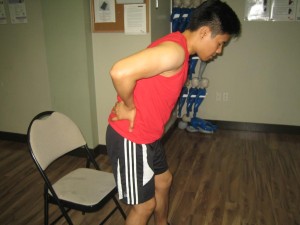Overview of Muscle Strain

There are several types of strains and each strain is categorized as a grade. The grades are as follows:
- Grade I strain: There are only a few muscle fibers that are torn or stretched. It is still at its normal strength, though it is tender and painful.
- Grade II strain: This is a moderate strain in which there are injured fibers and severe muscle pain. There is also swelling and bruising, as well as some loss of muscle strength.
- Grade III strain: There are several tears in the muscle fiber, and there can be a popping sensation when the muscle rips away from the tendon. These are serious injuries that can cause a person to lose complete control of the muscle. There is pain, swelling, discoloration and tenderness.
Causes of Muscle Strain
- You don’t warm up your muscles correctly prior to exercising.
- The time it takes to recover your muscles isn’t long enough. Give your muscles more time to recover.
- Your muscles are already constricted or rigid.
- You have injured your muscles in the past.
- Your muscles are drained or overworked.
- You pick up heavy objects incorrectly and place too much tension on your muscles.
Symptoms of a Muscle Strain
There are several symptoms of a muscle strain including:
- Pain and tenderness in the muscle after an activity that is often relieved when resting
- Discoloration and swelling of the muscle
- Decrease or complete loss of muscle function
- There may be a pop when the injury happens
Preventing Muscle Strains
There are several things that you can do in order to prevent a muscle strain. This includes:
- Before participating in physical activities, warm up
- Stretch and strengthen the muscles through exercise
- Do not push yourself too hard while exercising
- Keep your weight at a healthy level to avoid straining the muscles
- Have a good posture
- When lifting, be sure to lift with the knees, rather than the back.
Treating a Muscle Strain
When you have a grade I or II strain, you will need to follow the RICE rule:
- Rest the injured muscle
- Ice the injured area
- Compress the muscle with a bandage
- Elevate the injured area if possible
You should call a professional in the event:
- You feel a pop when the injury occurs
- There is severe pain, swelling or discoloration of the muscle
- You are having a hard time moving the muscle
- Your symptoms do not improve within 48 hours
- You cannot do normal activities within a few days
- You are already being treated for a strained back and the symptoms have not improved within the last two weeks.
Related Video On Muscle Strain
